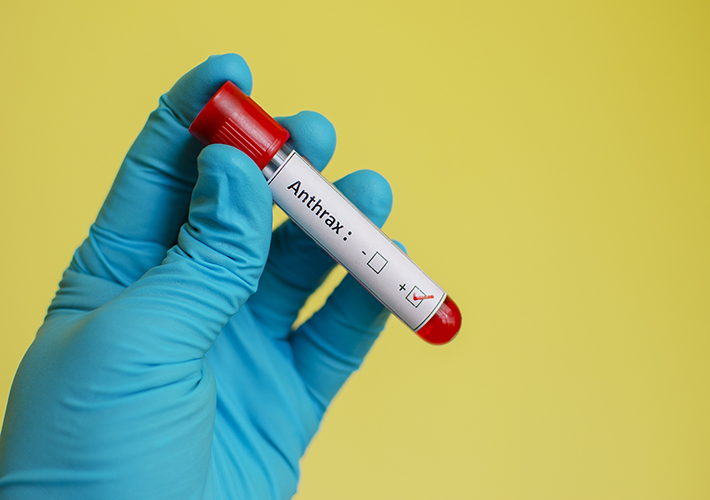
Wipe Collection of Anthrax-Causing Agents, Other Threats
A proposed ASTM International standard aims to support the evaluation of wipes used to collect potential chemical, biological, radiological, nuclear, or explosive (CBRNE) materials as well as drugs such as trace narcotics. ASTM International’s homeland security applications committee (E54) is developing the proposed standard (WK61465).
ASTM International member Nancy Lin says the proposed standard helps remove the variability caused by people providing different and changing pressure during wipe sample collection and instead uses a testing apparatus that applies a constant pressure in a controlled environment.
As a result, “the proposed method enables comparisons among wipe materials, surface materials, and sample types,” says Lin, biomaterials group leader at the U.S. National Institute of Standards and Technology (NIST). “Environmental conditions such as temperature and humidity could also be controlled to evaluate the effects of these parameters on wipe collection.”
Jennifer Verkouteren, also of NIST, notes that trace detectors for explosives and drugs must use wipe materials that are compatible with the instrument while providing the highest collection efficiency possible. The proposed standard will help wipe and instrument manufacturers more objectively evaluate wipe materials, leading to innovation and improvement in wipe collection of threat materials.
The committee welcomes participation in its activities, including efforts to describe specific use cases for surrogate materials to use in place of biothreat agents during first responder training and workflow assessments. Become a member of ASTM. The next meeting of the committee is Feb. 3-5, 2020, in Atlanta, Georgia, USA.
 SN Home
SN Home Archive
Archive Advertisers
Advertisers Masthead
Masthead RateCard
RateCard Subscribe
Subscribe Email Editor
Email Editor